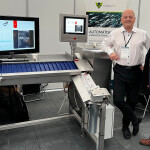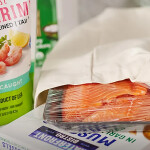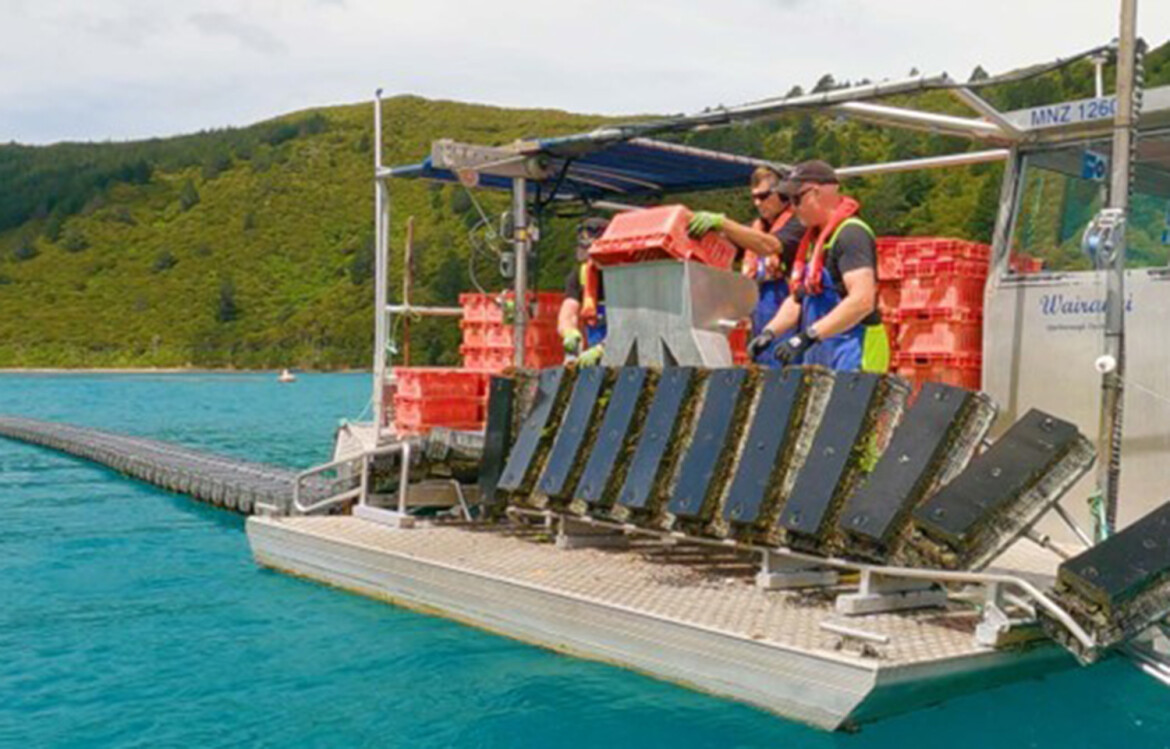A group of experts from the University of Florida have authored a report proposing the use of innovative technology that could help revive Florida’s once-prolific Apalachicola Bay oyster fishery.
Apalachicola Bay, located in northwest Florida in the Gulf of Mexico, was long the source of most of the oysters sold in the southeast U.S. state and comprised about 10 percent of those sold across the entire country. The bay’s oysters were famous for their quality and taste and an economic driver in the region, producing USD 6.6 million (EUR 6 million) worth of sales in 2011.
However, the fishery collapsed in 2012 due to a number of factors, including overharvesting in response to the 2010 Deepwater Horizon spill, which increased demand for Apalachicola oysters. Rising salinity has also likely played a role, as the Apalachicola River which feeds into the bay was frequently diverted during droughts to surrounding cities and towns, creating conditions that favored predators. By 2013, the U.S. Department of Commerce had declared a commercial fishery disaster in the area, and in 2020, the Florida Fish and Wildlife Conservation Commission imposed a five-year moratorium on harvesting oysters in the area.
University of Florida researchers are among many scientists and students who have been studying the bay’s decline as the state gears up for the reopening of oyster harvesting in Apalachicola in 2025.
Traditional oyster-farming techniques rely on seafloor oyster habitats, which yield less-consistent products, expose oysters to predators, and require labor-intensive hand-tonging collection by oyster farmers.
Proposing a more effective way to harvest oysters in the bay upon the fishery’s reopening, Emily Caffrey, who was the lead author on the UF team’s report, said that certain technologies could now produce marketable-sized oysters in one to 1.5 years, rather than the two or three years needed for traditional cultivation methods.
The proposed technologies laid out by the researchers all rely on the utilization of the water column, improving and automating commonly used suspended cultivation methods, which keep oysters off the seafloor by hanging them where they remain continuously submerged.
Though this method speeds growth, it still requires a great deal of manual labor from farmers who have to constantly monitor and move suspension lines to replicate oysters’ natural growth stages.
One proposed technology to alleviate that issue, the Solar Oyster Production System (SOPS), automatically monitors and moves shellfish cages throughout the water column, significantly decreasing the labor of farmers while speeding oyster growth, protecting them from predators, and regulating their shell shape.
Another possible technological solution to labor-intensive oyster farming is the Grainocean Roll’bag, produced in France, which is an innovative cage in which oysters roll naturally during tidal cycles, mimicking the labor-intense tumbling of traditional cultivation. The third recommended technology, the Flipfarm Oyster system, links floating oyster cages together, decreasing biofouling by periodically flipping the cages.
More research is needed before ensuring their use properly suits oysters in the Apalachicola Bay, and new technologies often face regulatory challenges during rollout, according to the UF researchers, but they said they're still optimistic these technologies could ensure the bay thrives upon its reopening.
“I think the new technologies help to reduce labor … and [allow] for better feeding and growth,” Roy Yanong, a professor at the University of Florida’s Tropical Aquaculture Lab said in a release.







